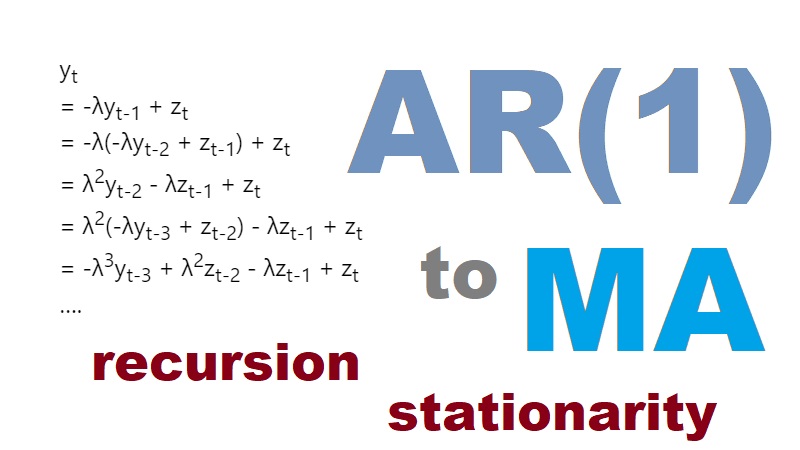Tag: AR(1)
-
Algorithmic Trading by EP Chan (Notes Part 1)
—
This post summarizes some notes that I took from the book “Algorithmic Trading” by Ernest Chan. I’m already familiar with some concepts, so these notes only cover the new concepts I learned. I strongly recommend that you buy the book (it’s a good book) for more details and information. Chapter 1: Backtesting and Automated Execution…
-

Forecasting
—
in MathematicsForecasts in time series models are predictions of future observations conditioned on information that is known at the time of forecast. Theorem (cf. Granger) Granger states that the optimal forecast, ft,h, of a value is the conditional expectation of that value provided the cost function is symmetric and convex. In other words, provided the cost…
-

Model Selection
—
in MathematicsAlternatives to the Random Walk Model Besides the random walk model, we have other types of models, including autoregressive, moving average, and ARMA models. Autoregressive models have terms that depend on previous lagged returns (i.e. rt-k). Moving average models have terms that depend on previous lagged innovations (i.e. previous random variables zt-k). ARMA models generate…
-

From AR(1) to MA
—
in MathematicsIn this post, we’ll learn to convert a AR(1) model to a MA model. The moving-average model specifies that the output variable depends linearly on the current and various past values of a stochastic (imperfectly predictable) term. https://en.wikipedia.org/wiki/Moving-average_model So, a MA model should only depend on zt-k, where k >= 0. Converting a AR(1) Model…
-

Solving the AR(1) Model – Finding its Mean, Variance and Covariance
—
in MathematicsWe discussed the AR(p) model previously when discussing linear time series. In this post, we’ll learn to solve the AR(1) model, where Rt = c0 + c1Rt−1 + σ*zt Finding the Mean of the AR(1) model E[Rt] = c0 + c1E[Rt−1] + σ*E[zt]= c0 +c1E[Rt−1] + σ*0= c0 +c1E[Rt−1] Since AR(1) is stationary, E[Rt] = E[Rt−1]…
-

Linear Time Series
—
in MathematicsWhat is a time series? Time series are used to model processes that are discrete. These processes can be genuinely discrete or they can be continuous, but we observe them periodically. For instance, we can use time series to model corporation cuμlative income. The income of a corporation is continuous, but we may only observe…
